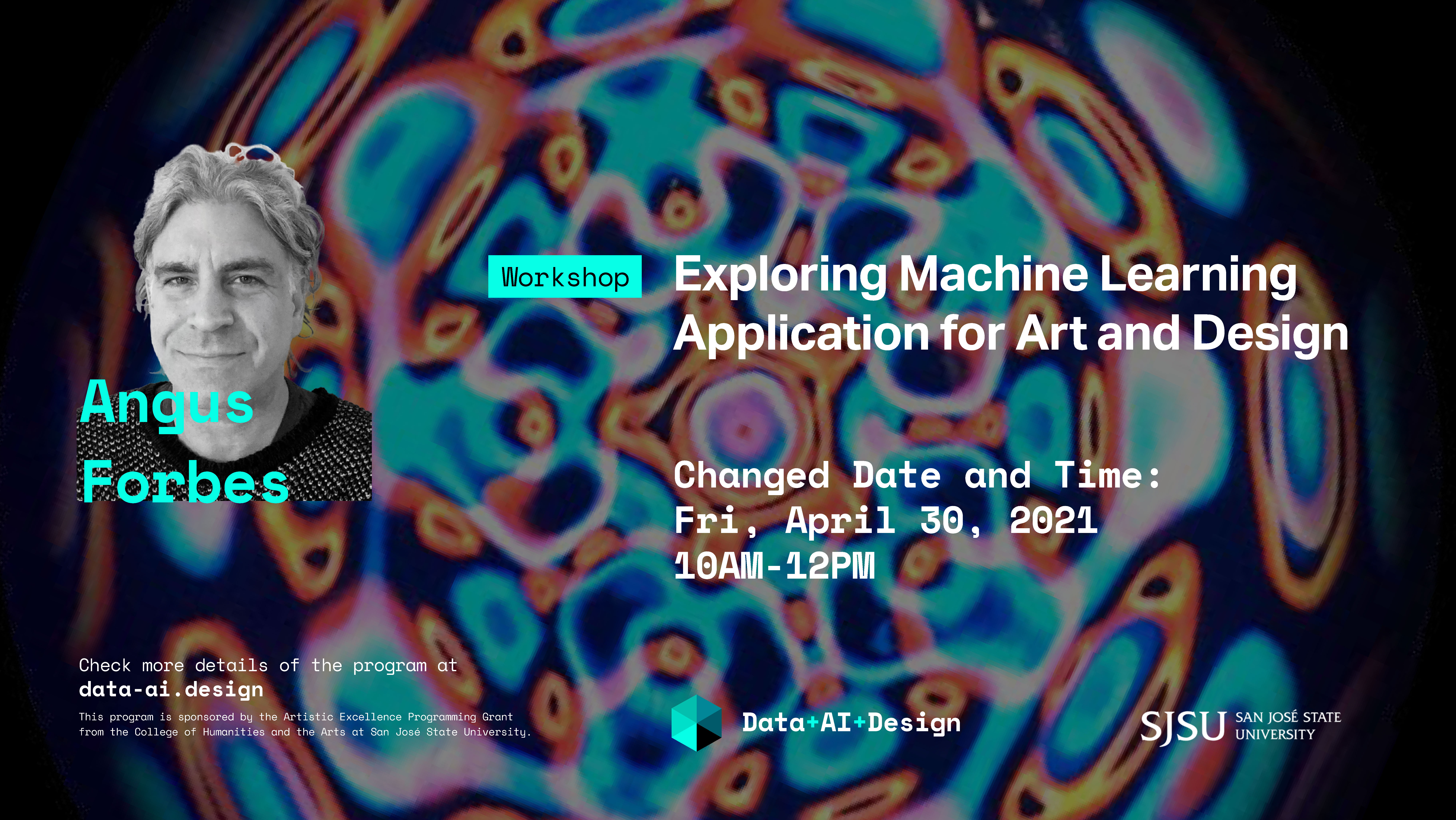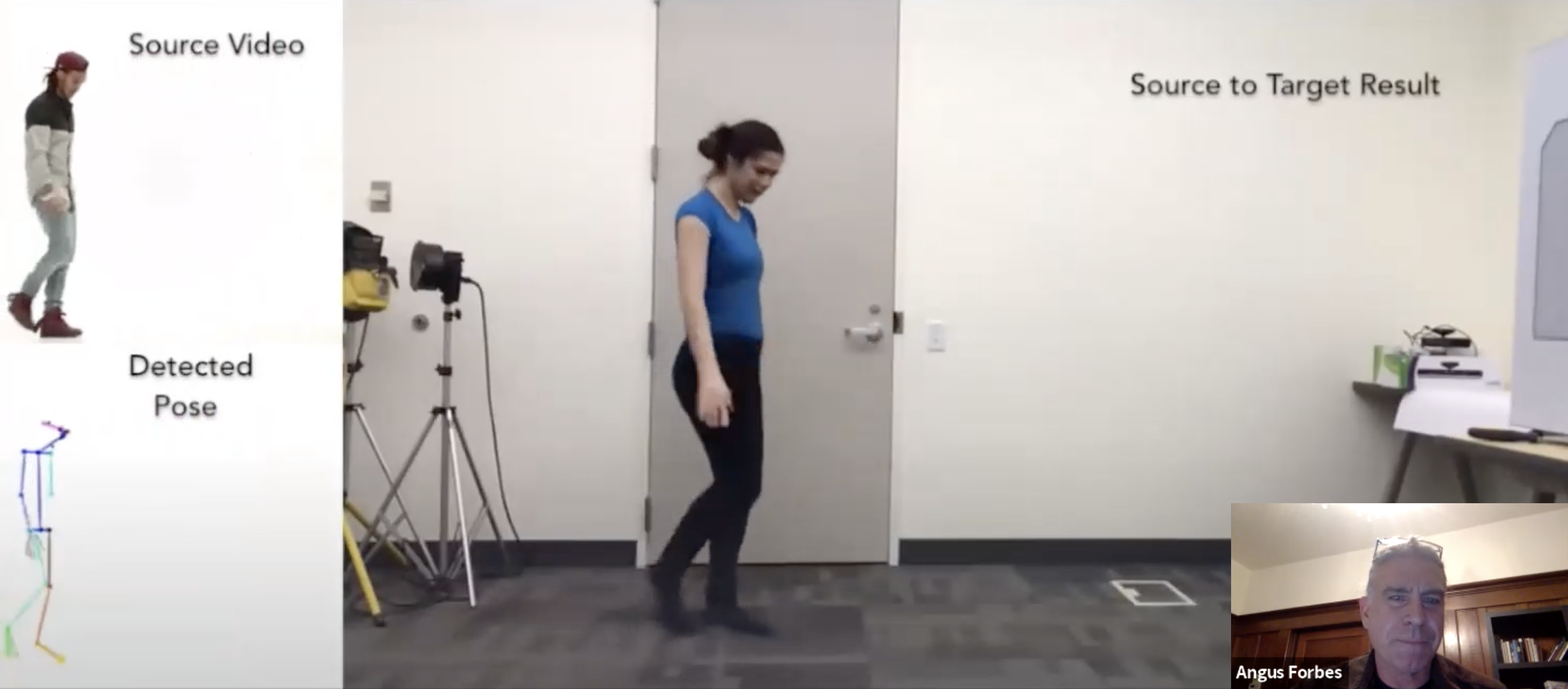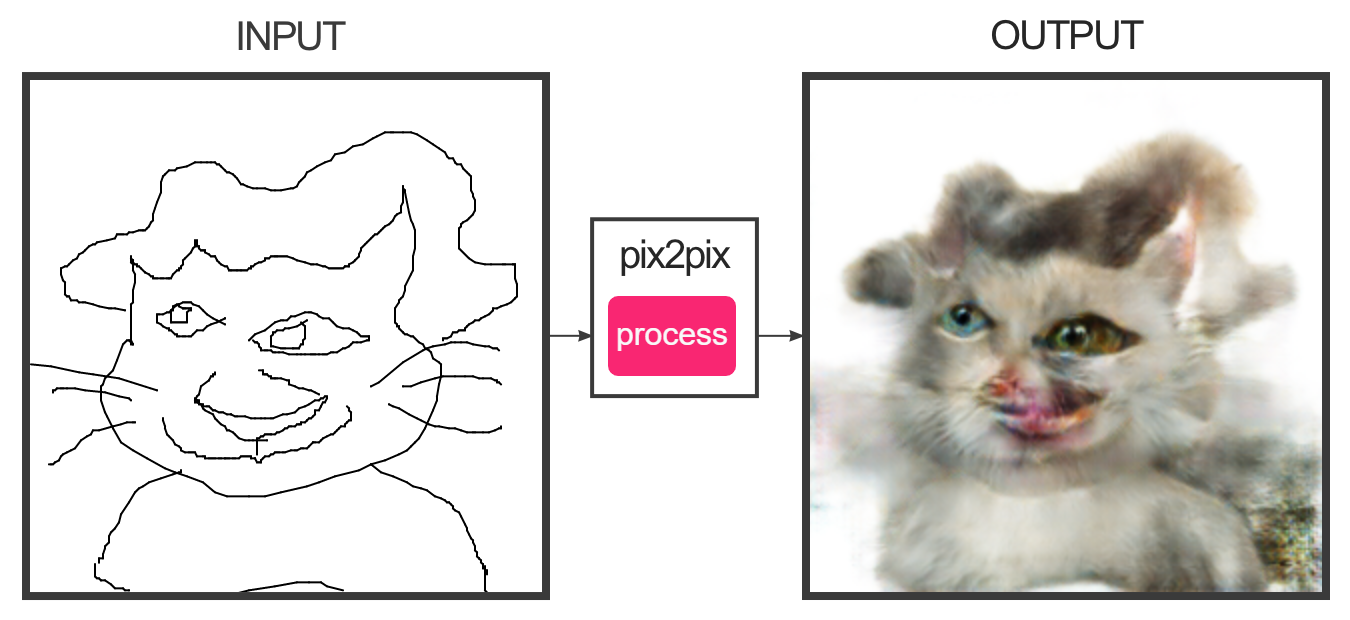Exploring Machine Learning Applications For Art and Design
In Angus Forbes' workshop, students explored online generative tools with interesting deep learning techniques, such as style transfer networks, GANs and heritage sites. Students explored how these tools would be useful and serve as inspiration to generate new ideas.
The workshop also discussed how databases train algorithms with encoded opinions and biases; Sometimes it’s minor and other times it can be sexist, racist, or otherwise problematic. However, AI isn’t “bad”. People need to think about the ethical ramifications of these technologies and realize that they’re reflecting our own history and cultural patterns. Assuming the technology continues to improve, we must think about how it’ll be used for both creative purposes and nefarious purposes, and consider potential problems or ethical issues that can arise using any of these tools. Artist and designer techniques should be involved in these conversations for a better next generation of AI.


